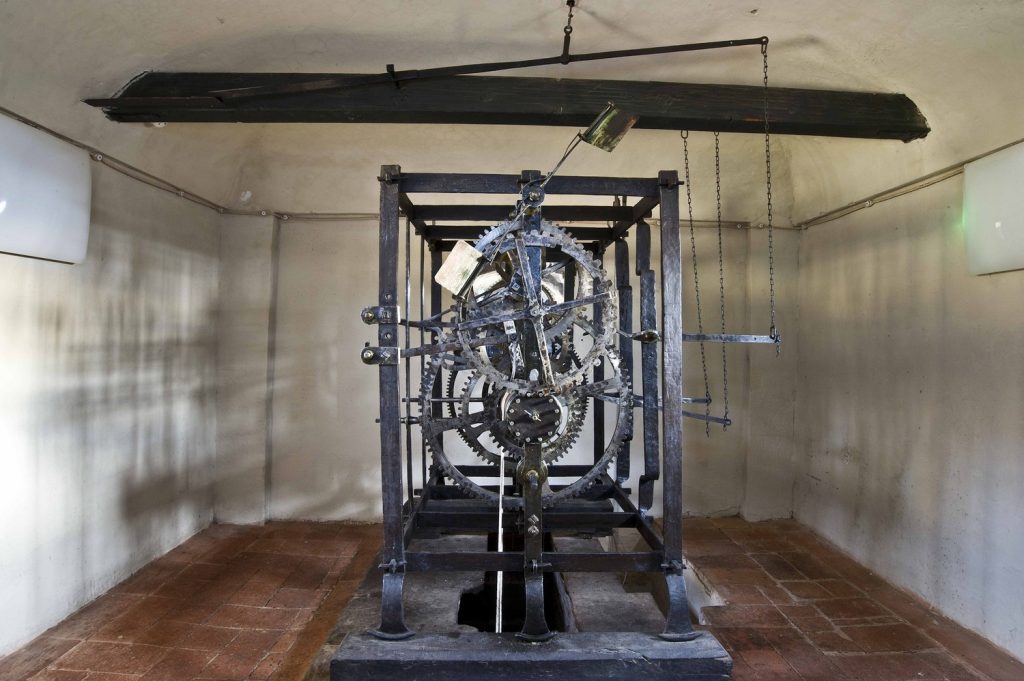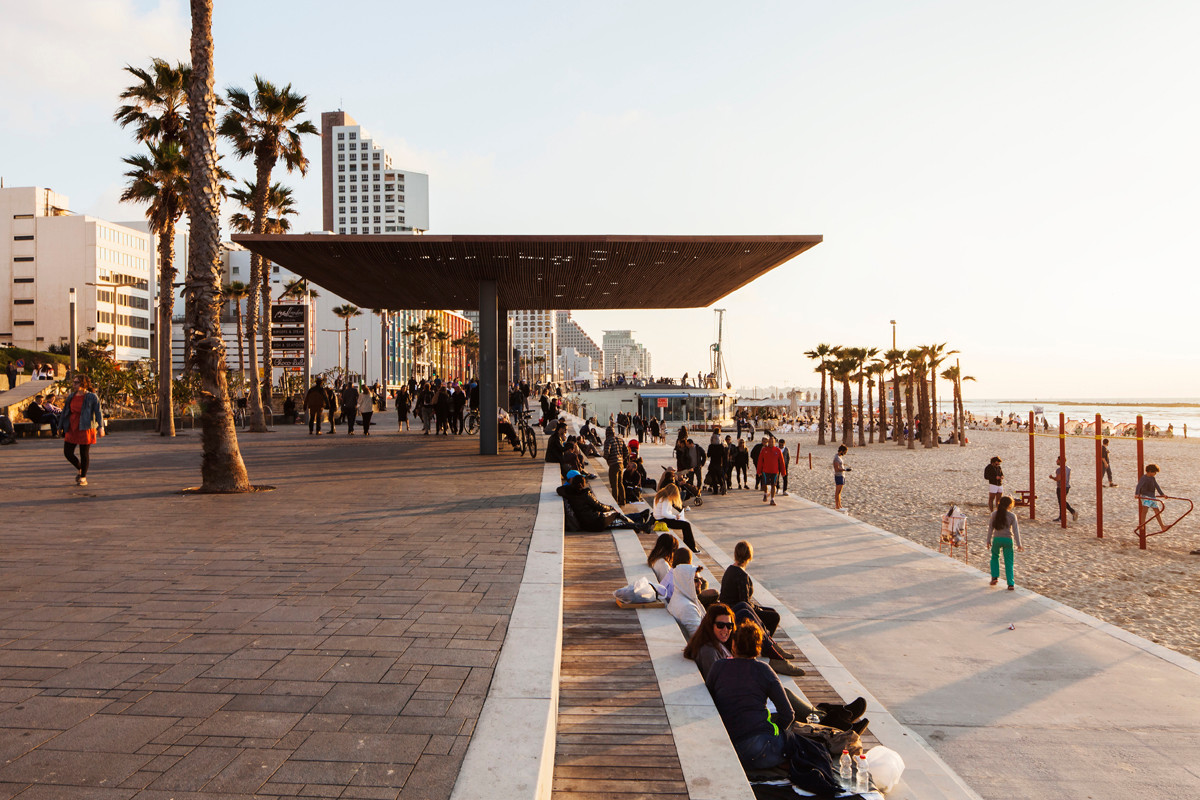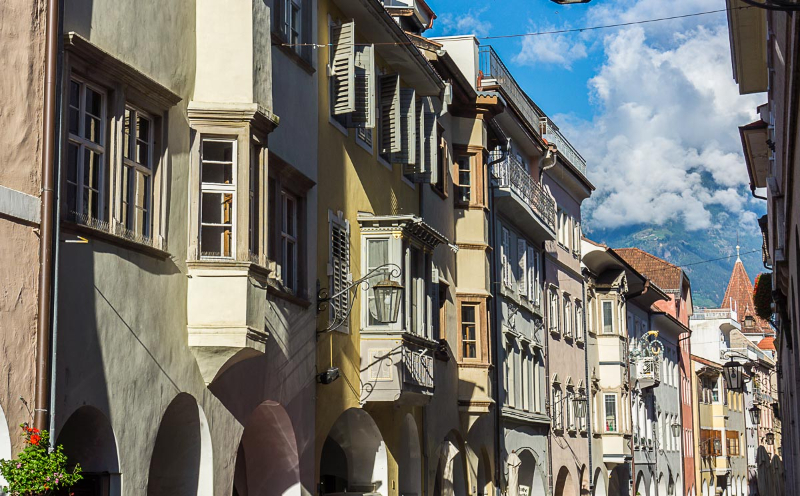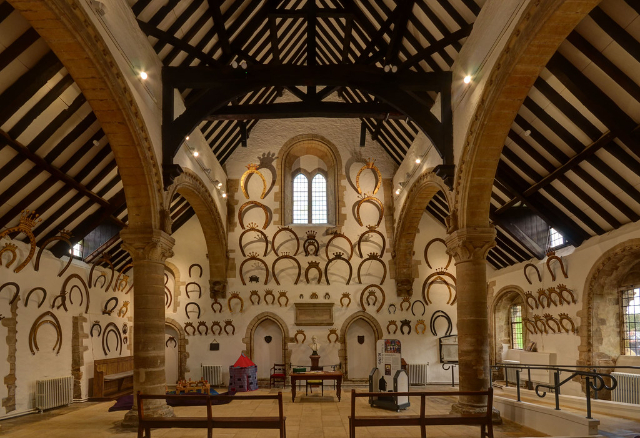In 1552, a marvellous astronomical clock was added to the already remarkable palace of the Fraternita dei Laici, probably the last one in the world still to be wound by hand. It was built by the master watchmaker Felice da Fossato, who is said to have been blinded or even murdered by the patrons when the work was completed, so that he would not reproduce it elsewhere. The mechanism with counterweights, ropes two storeys long to which boulders are tied, moves a single hand, which indicates the hours and half-hours, and activates the rods tied to the bells for the public announcement of the passing of time. It also moves the Sun and the Moon, which rotate around the Earth, fixed in the centre according to the Ptolemaic vision; the Moon, a black and gold sphere, also rotates on itself, to indicate to the people when to harvest or sow according to its phases; the cell where the mechanism is located is then completed by a sundial, which can be used at noon every day of the year, to regulate the precision of the indication of the hour. The sundial lost its original function already with the addition of the pendulum, which greatly limited the delays otherwise accumulated by the original mechanism. The clock must be wound daily. A special crank rewinds the ropes with the counterweights, thus generating the movement of the machine for about 500 years. Today it is rewound punctually at 5 p.m. on the occasion of the guided tour starting at 4.30 p.m.













